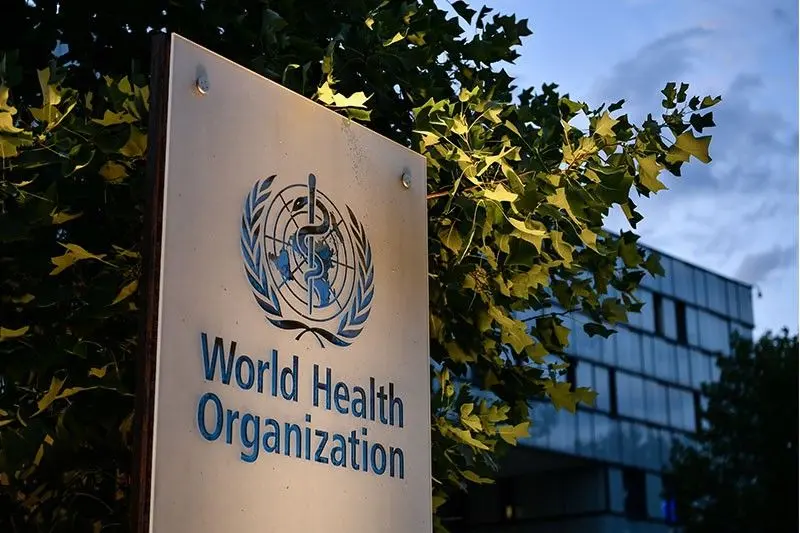The World Health Organization (WHO) has provided updates on the current situation regarding avian influenza virus (H5N1), highlighting both the spread of the virus among dairy herds and its implications for public health:
1. **Dairy Herds Affected**: The number of dairy herds affected by the avian influenza virus (H5N1) has increased significantly. As of the latest report, 92 herds across 12 countries have been impacted. This marks a nearly threefold increase from previous figures, indicating a growing prevalence of the virus among livestock.
2. **Human Cases**: There has been an increase in the number of human cases of H5N1 infection. Currently, there are three confirmed cases, up from one previously reported. Additionally, the number of individuals under monitoring due to potential exposure has more than doubled to 500.
3. **Historical Perspective**: Since 2003, there have been a total of 893 reported human infections of H5N1 globally. In 2024 alone, there have been 11 reported cases, distributed among several countries including Cambodia, the United States, Australia, China, and Vietnam.
4. **Risk Assessment**: Despite the increase in cases among animals and humans, WHO assesses the current risk to public health as low. The virus has not demonstrated efficient human-to-human transmission capabilities so far.
5. **Preventive Measures**: WHO emphasizes the importance of personal protective equipment (PPE) for individuals working with infected animals. Timely testing, follow-up, and medical care for those exposed to the virus are crucial to prevent potential human-to-human transmission.
6. **Global Surveillance**: WHO continues to monitor avian influenza viruses through its Global Influenza Surveillance and Response System. This includes intensifying surveillance among animals globally to promptly detect any changes in the virus that could pose greater threats to human health.
7. **One Health Approach**: Collaboration between animal and human health sectors is vital. Enhancing communication, sharing information, and coordinated responses are essential components of the “One Health” approach to managing zoonotic diseases like avian influenza.
In summary, while there is an increase in both animal and human cases of H5N1 avian influenza, WHO underscores that the virus has not evolved to spread easily among humans. Vigilant monitoring and coordinated efforts are crucial to managing and mitigating the risks associated with these infections globally.
